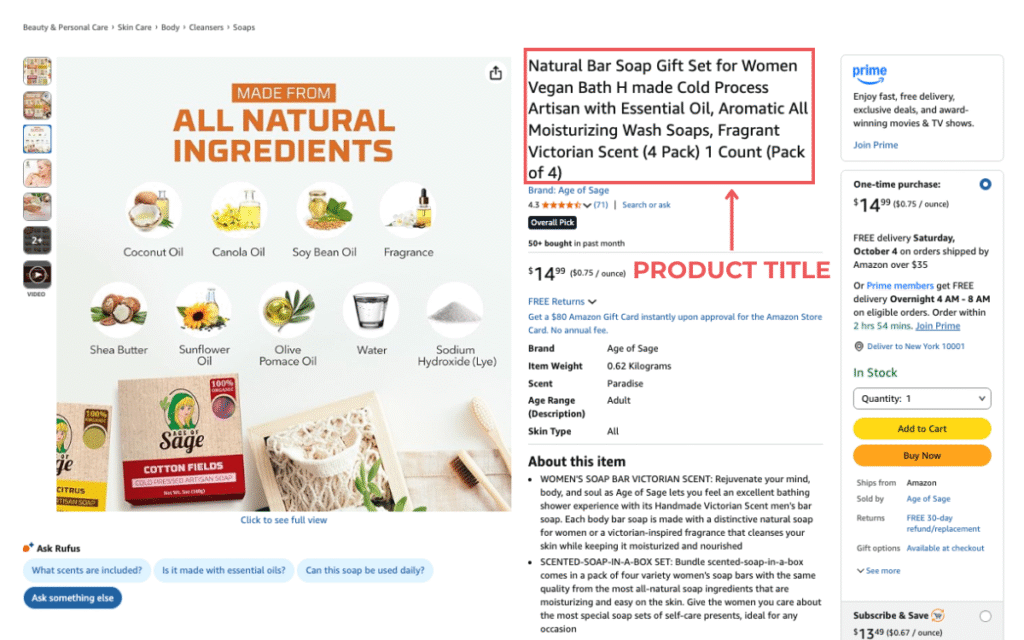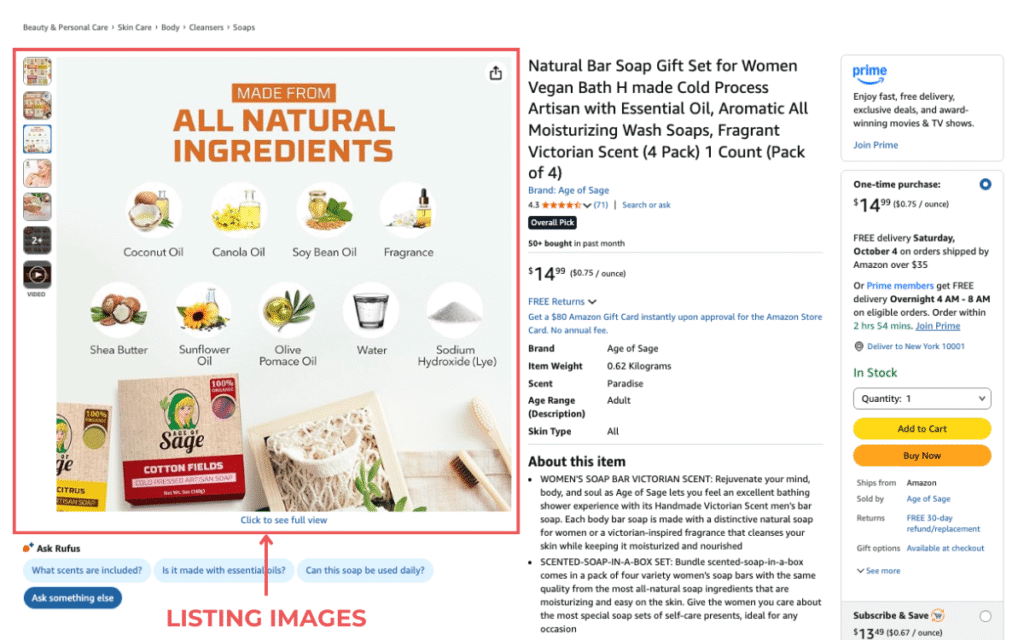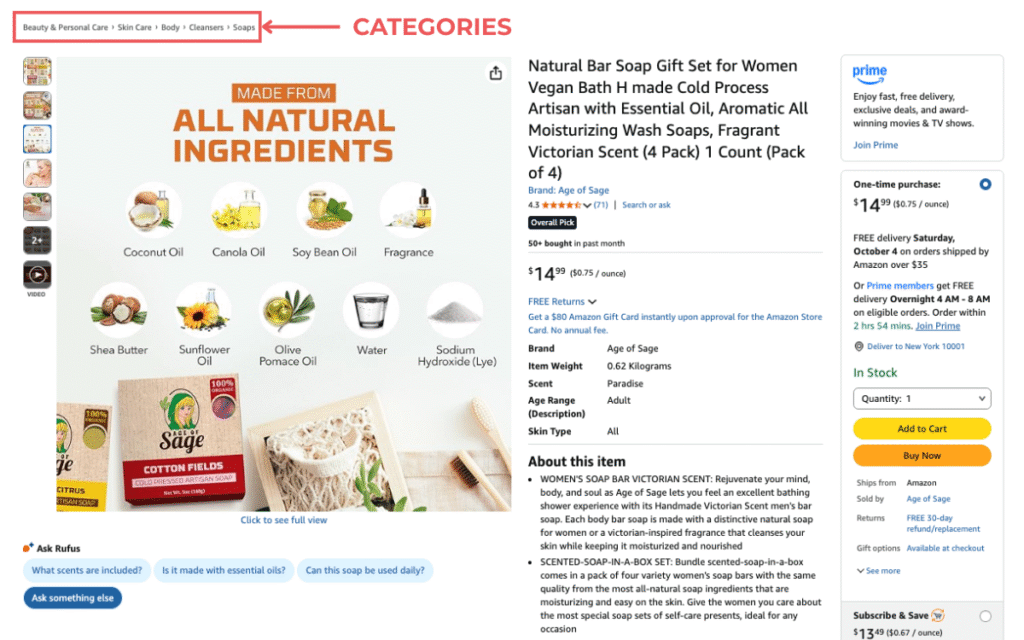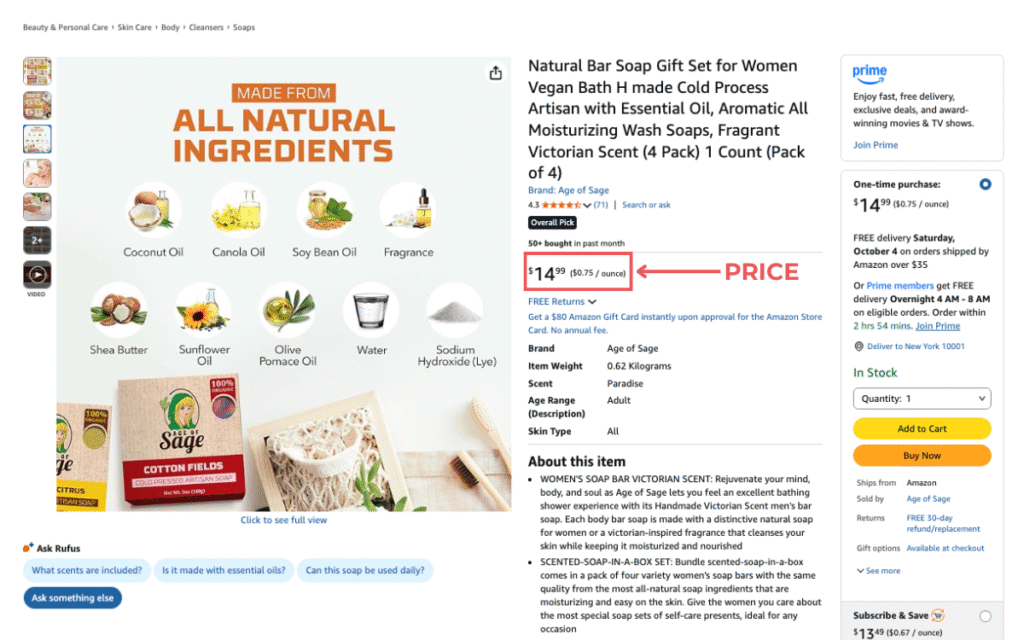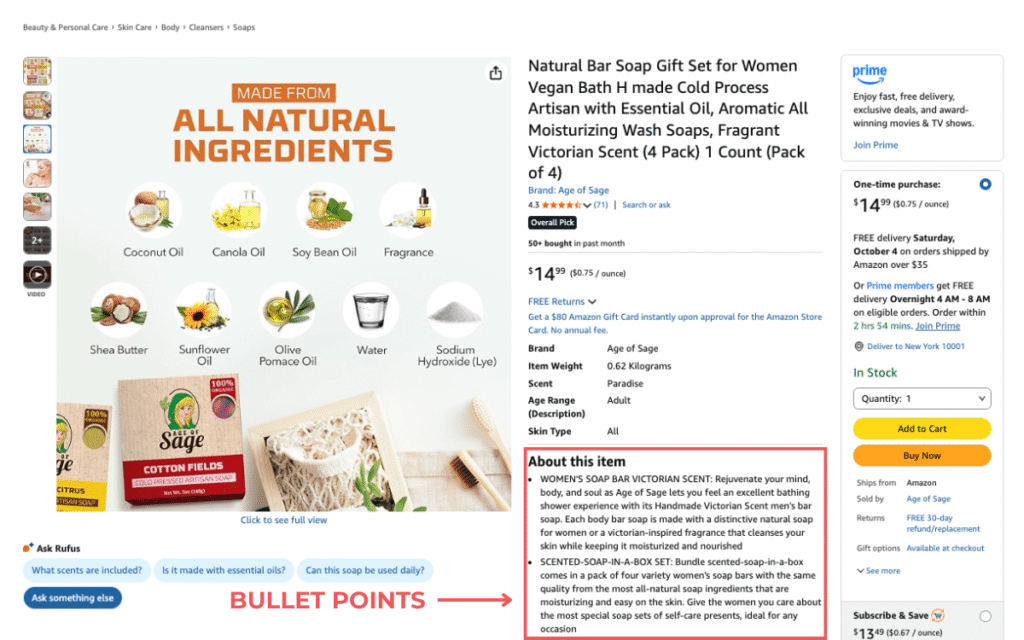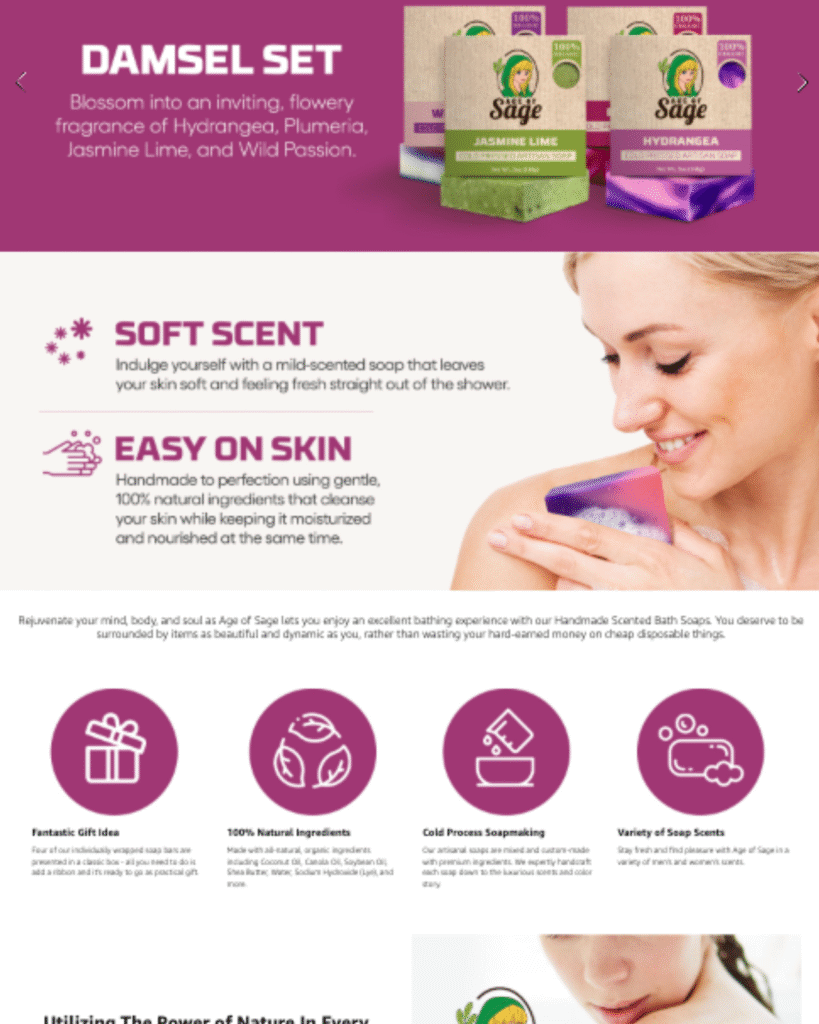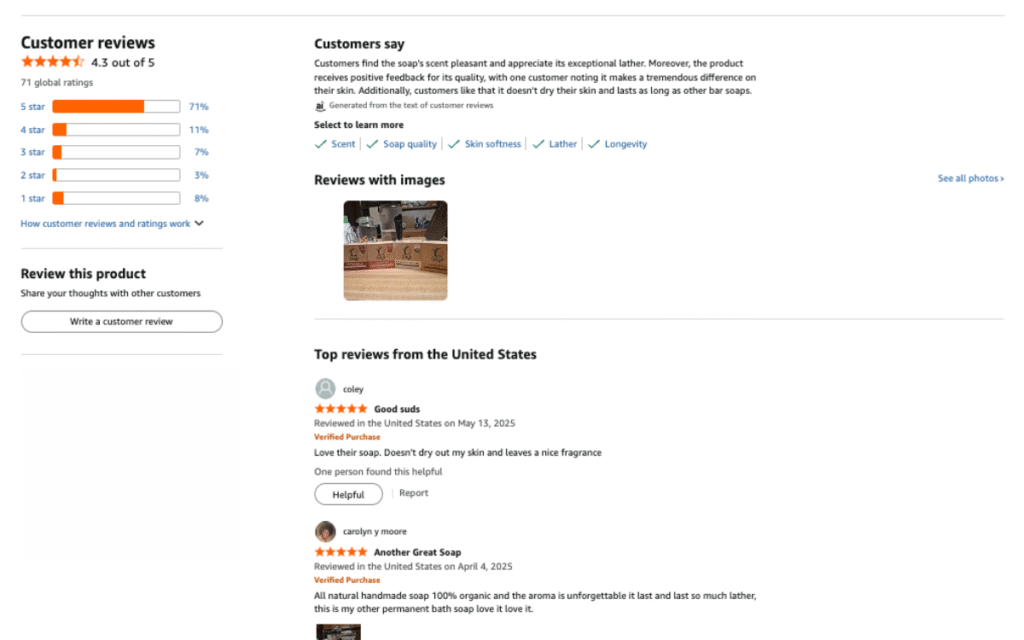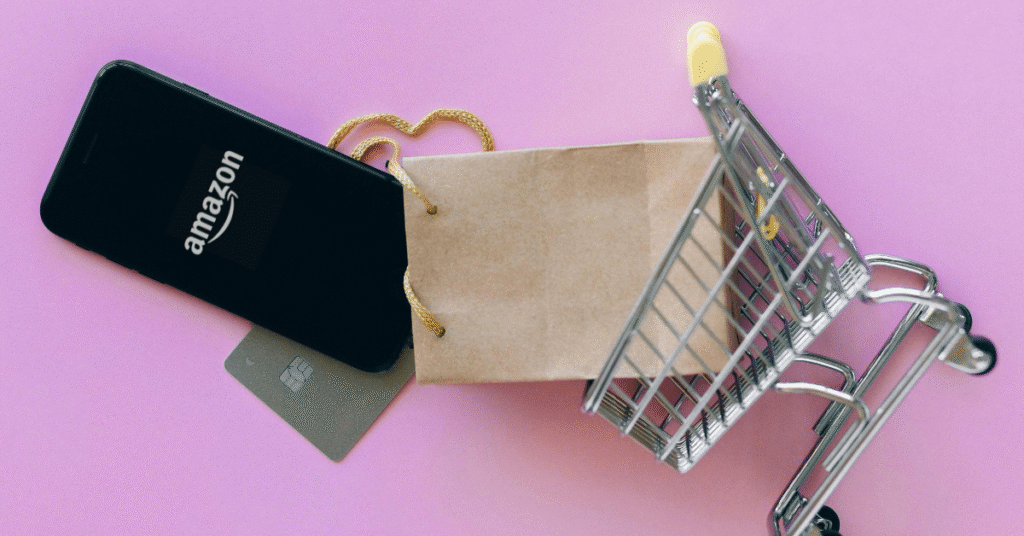
That 7-figure revenue goal on Amazon feels within reach, but the reality is, your current product listing is holding you back. The secret is in mastering the subtle art of Amazon product listing optimization.
When sellers aim for 7-figure sales but can’t quite get there on their own, they often seek support from an experienced Amazon agency. Our agency is one of the top choices, yet when potential clients research us, they sometimes come across Reddit reviews of My Amazon Guy that appear negative and cause second thoughts.
This reaction is natural. When you see online reviews, you instinctively trust them because you don’t want to risk a poor experience. But are Reddit reviews the whole story, or should you judge based on proven results and real seller growth?
To clear the air, our Amazon agency will walk you through the key parts of a high-performing product listing and how to optimize them. Along the way, we’ll share optimization tips that have helped countless sellers hit 7-figure milestones in the Amazon marketplace.
Table of Contents
Turn Your Listing Into a 7-Figure Asset
If your listings aren’t ranking in search results, you’re invisible to customers. Our proven strategies can change that.
What Makes a 7-Figure Amazon Listing?
Every 7-figure Amazon listing is built on core elements that work together: keyword-rich copy, strong images, A+ content, and social proof through reviews. When these parts are optimized with data-driven precision, they amplify both visibility and conversions.
The difference between an average listing and a high-performing one often comes down to execution. Average listings might have decent images or basic keywords, but optimized listings strategically combine all elements into a seamless buying experience.
Conversions hinge on small details most sellers ignore, like backend keywords, mobile readability, and visual storytelling. Overlooking these can quietly bleed sales, while mastering them sets the stage for exponential growth.
Key Parts of an Amazon Product Listing and How to Optimize Them
There are key parts that make or break an Amazon product listing, each playing a role in visibility, trust, and conversions. Understanding these elements is the first step toward optimizing your listing for 7-figure results, and the proven seller experiences on My Amazon Guy show just how powerful these strategies can be when executed correctly.
1. Product Title
The title sits at the very top of the product page and shows the product name, brand, and main details like size or model. Its main purpose is to give shoppers and Amazon’s algorithm a quick, clear idea of what the product is.
When optimizing your title, start with your brand name if it has recognition, followed by the product type and key descriptive features. Use keywords that buyers actually search for, but keep the title easy to read and free of clutter.
Next, place details like size, color, or variations toward the end to avoid overwhelming shoppers upfront. Regularly update and refine your title by analyzing keyword performance, competitor trends, and changes in search behavior.
2. Listing Images
Listing images appear in the carousel next to or above the title and price, starting with the hero image. They give shoppers a visual first impression, demonstrate use cases and scale, and often help buyers decide before they even read the copy.
To optimize, always start with a clear hero image on a white background that complies with Amazon’s guidelines. Then, use the remaining slots for secondary images that show different angles, close-up details, and the product in real-world use.
Lifestyle shots and infographic-style images are especially powerful because they connect features to customer needs. Since 41% of shoppers say images are critical when comparing products, adding this variety can significantly improve conversion rates and push your listing closer to 7-figure performance.
3. Categories
Categories are set in the backend and appear as browse nodes or breadcrumb links near the top of the product page and in search filters. Correct categorization ensures your product shows up in the right places when shoppers browse or filter by type.
Always make sure your product is placed in the category that matches both buyer intent and the product type. If your item is miscategorized, Amazon’s algorithm won’t recognize it as relevant, making it harder for shoppers to discover it in search or filters.
Double-check your category assignments in Seller Central and review competitor placements for similar products. The right categorization not only boosts visibility but also improves conversion rates because buyers are already in the mindset to purchase products like yours.
4. Price
Price is displayed near the top of the page beside the Buy Box and under the title. It’s one of the first details buyers notice, signaling value while also affecting Buy Box competitiveness and conversion rates.
Since 93% of shoppers compare prices online before buying, your price needs to strike the right balance between affordability and profitability. Pricing too low can undermine perceived quality, while pricing too high risks pushing customers toward competitors.
Regularly monitor competitor pricing, seasonal trends, and your own profit margins to adjust strategically. Smart pricing keeps you attractive to buyers, protects your margins, and strengthens your chances of holding the Buy Box long-term.
5. Bullet Points
Bullet points sit directly under the title and price area, giving shoppers a quick overview of the product’s top features. They’re designed for fast scanning and help buyers understand how the product solves their needs without reading long descriptions.
Each of the five bullet slots is valuable real estate, so focus on benefits, not just features. Use this space to highlight what sets your product apart, whether that’s unique materials, guarantees, or time-saving functions.
Keep bullets concise, ideally under 200 characters, while weaving in high-impact keywords naturally. Rotate and refine them based on performance data to ensure your listing stays aligned with buyer expectations and search demand.
Boost Your Amazon Sales
Your listing has the potential to hit 7 figures, but only if it’s fully optimized. Let our experts show you how to turn browsers into buyers.
6. Product Description
The product description is found further down the page and provides space for more detailed information about the item. It often includes specs, dimensions, compatibility details, and other facts buyers need to confirm before purchasing.
This section is an opportunity to expand on your bullet points by weaving in brand story, use cases, and benefits in a more narrative format. Writing in a customer-focused way while incorporating relevant keywords can improve indexing and help close the sale.
Formatting also matters, so use short paragraphs, line breaks, or even HTML tags (where allowed) to make the text easier to read. A clear, benefit-driven description can address final doubts and push hesitant buyers toward completing the purchase.
7. A+ Content
A+ Content sits in the product description area and allows sellers to add images, text modules, comparison charts, and design layouts that standard descriptions can’t support. Its goal is to provide richer detail that builds trust, helps buyers understand the product faster, and improves overall conversions.
Well-designed A+ Content can significantly impact performance, with basic modules often boosting sales by up to 8% and Premium A+ delivering as much as 20%. Using high-quality visuals, feature callouts, and comparison grids makes your listing more engaging while reinforcing brand credibility.
Integrating keyword-rich text in crawlable sections while balancing visual storytelling gives you both search and shopper benefits. Pairing A+ with a strong Brand Story further strengthens your brand presence, creating an emotional connection that sets you apart from competitors.
8. Parentage Structure
Parent-child variations let customers choose options like size, color, or style within a single listing instead of browsing multiple pages. Done correctly, this structure consolidates reviews, keeps the catalog organized, and makes the shopping process faster and easier for buyers.
To optimize parentage, make sure all child products truly belong together and only differ in attributes such as size, color, or style. Mixing unrelated products can confuse shoppers and even lead to suppressed listings.
Keep your categorization consistent by ensuring the parent reflects the entire product family and that every child variation shares the same core features. Monitor performance closely to see which variations sell well and use that data to refine inventory planning and promotional strategies.
9. Shipping Method
Shipping options determine how products get to customers and play a major role in conversion and Buy Box performance. Amazon offers several methods, including Fulfillment by Amazon (FBA), Fulfillment by Merchant (FBM), Seller Fulfilled Prime (SFP), and Multi-Channel Fulfillment (MCF).
Choosing the right shipping model affects delivery speed, costs, and Prime badge eligibility, which directly influence shopper trust. Faster shipping not only improves customer satisfaction but also boosts the chances of winning the Buy Box.
Sellers should align their fulfillment method with business goals, weighing the convenience of FBA against the control of FBM. Testing delivery options and monitoring performance helps balance profitability with meeting customer expectations.
10. Customer Reviews
Customer reviews show up prominently with the star rating and review count, shaping a shopper’s first impression of your product. With 93% of consumers reading reviews before buying and 91% trusting them as much as personal recommendations, reviews directly impact credibility, trust, and sales performance.
To optimize reviews, focus on delivering high-quality products, reliable shipping, and responsive customer service. Use Amazon’s “Request a Review” feature, compliant post-purchase messages, and programs like Amazon Vine to drive more authentic feedback.
Stay on top of review patterns and respond professionally to negative feedback to build trust with future buyers. Use insights from recurring comments to refine your product listing, update images, and address FAQs to turn reviews into a tool for higher conversions.
Frequently Asked Questions
How do I get my listing higher on Amazon search results?
You can improve ranking by focusing on Amazon listing optimization; this means using relevant keywords in your title, bullets, and backend search terms while highlighting strong product features. Consistent sales, positive reviews, and optimizing your Amazon product listing for conversion also help you climb search results.
What is the A10 algorithm on Amazon?
The A10 algorithm is Amazon’s search engine that decides how products appear in search results. It prioritizes listing relevance, strong product features, customer satisfaction, and sales history over ad spend.
What’s the best way to start optimizing your Amazon product listing?
Begin by improving your title, bullet points, and product description with clear keywords and benefits. From there, focus on visuals, A+ Content, and customer reviews to boost engagement and conversion.
Winning Big in the Amazon Marketplace
Although you might feel like My Amazon Guy Reddit reviews make our agency seem untrustworthy or suggest we use ineffective strategies, the results tell a different story. The numbers our clients achieve, many reaching 7-figure growth, prove that the strategies we apply actually work.
By applying the tips mentioned in this guide, you can boost visibility, improve conversions, and build momentum toward your own 7-figure success. Don’t just take the reviews at face value; test the strategies for yourself and see the results firsthand.
Ready to transform your listing into a real growth engine? Contact our full-service Amazon agency today and let us help you scale in the Amazon marketplace.
Get More Eyes on Your Products
Price, reviews, and fulfillment all play a role, and we know how to put them to work for you. Stop losing sales to competitors.


